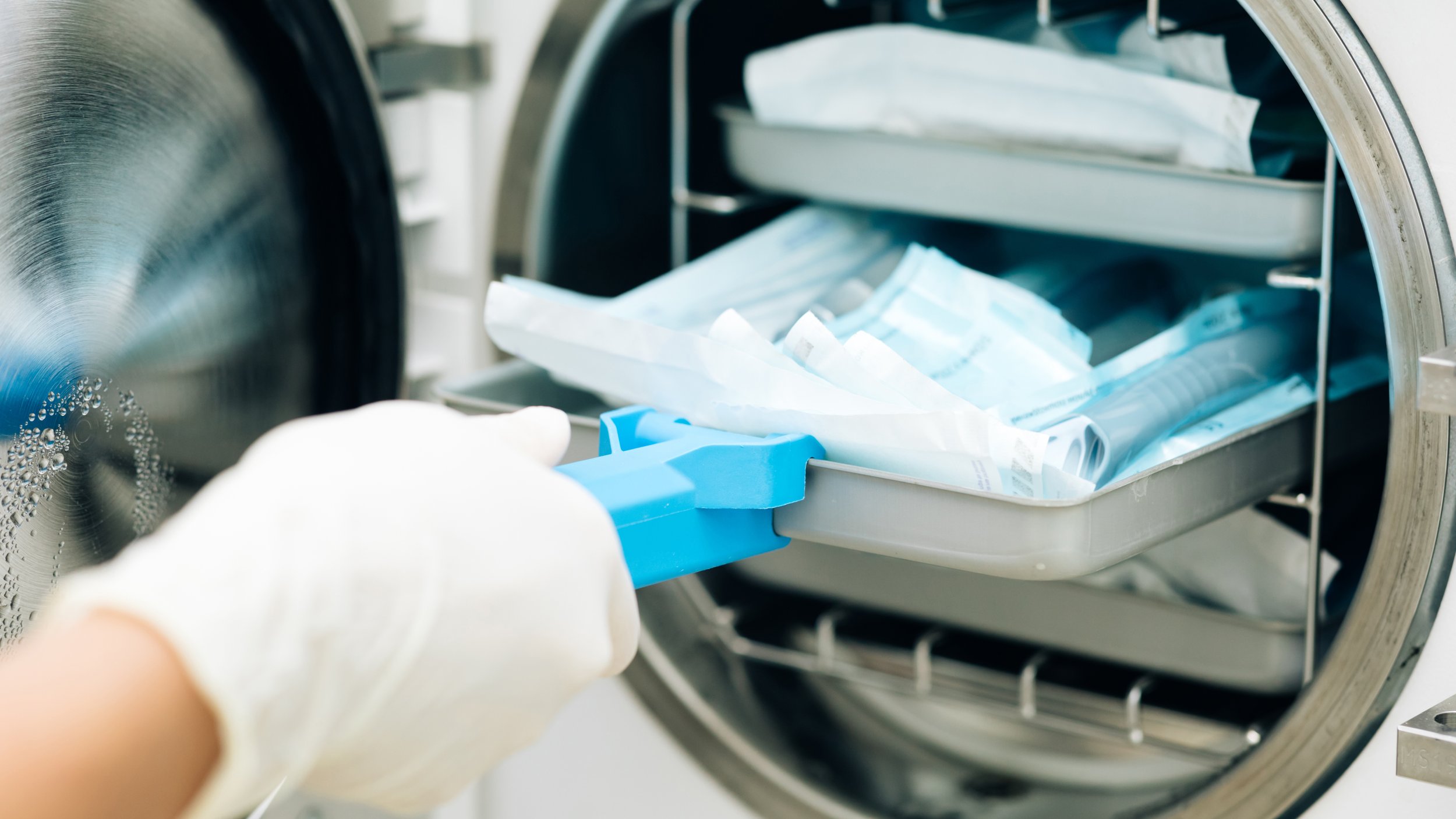

Fire Safety
Fires may be rare in most healthcare settings, but being prepared is critical. This post breaks down essential fire safety acronyms like PASS and RACE, and offers practical tips on both extinguishing small fires and preventing them altogether. From recognizing the fire triangle to understanding top fire causes, this guide keeps safety front and center.

Pouching
Proper instrument pouching is essential for maintaining sterility and protecting patients. From choosing the right packaging materials to storing items correctly, learn best practices that help prevent contamination and ensure compliance with infection control protocols in your dental or medical office.

Preventing Cross-Contamination
Cross-contamination is a preventable risk in healthcare settings. This article breaks down why storing employee food near medications or infectious materials is dangerous and what steps your team can take to ensure compliance with OSHA standards and maintain a safe environment for patients and staff.

Lets Talk About Sterilization
Effective sterilization is vital to patient safety and infection prevention. From cleaning and disassembly to packaging, monitoring, and choosing the right cycle, every step in the sterilization process plays a key role in eliminating microorganisms and ensuring that instruments are safe for use.

Eye Safety
Eye protection is vital in preventing injuries and reducing the risk of infection in healthcare settings. From flying debris to bloodborne pathogens, proper eyewear shields both staff and patients from harm. Learn how evaluating and maintaining your PPE ensures compliance with OSHA standards and supports a safe care environment.

Tuberculosis (TB)
Tuberculosis (TB) is a serious, potentially deadly infection that spreads through the air and primarily affects the lungs. Understanding the difference between latent TB and active TB is essential for preventing transmission. Learn the signs, testing methods, and why early diagnosis and treatment are critical in healthcare environments.

Latex Allergy
Latex gloves are vital for infection control—but for some healthcare workers, they pose a serious allergic risk. This blog explores the causes, symptoms, and prevention of latex allergies, plus safe alternatives like nitrile gloves. Learn how to recognize and reduce exposure to keep your team safe and compliant with OSHA standards.

